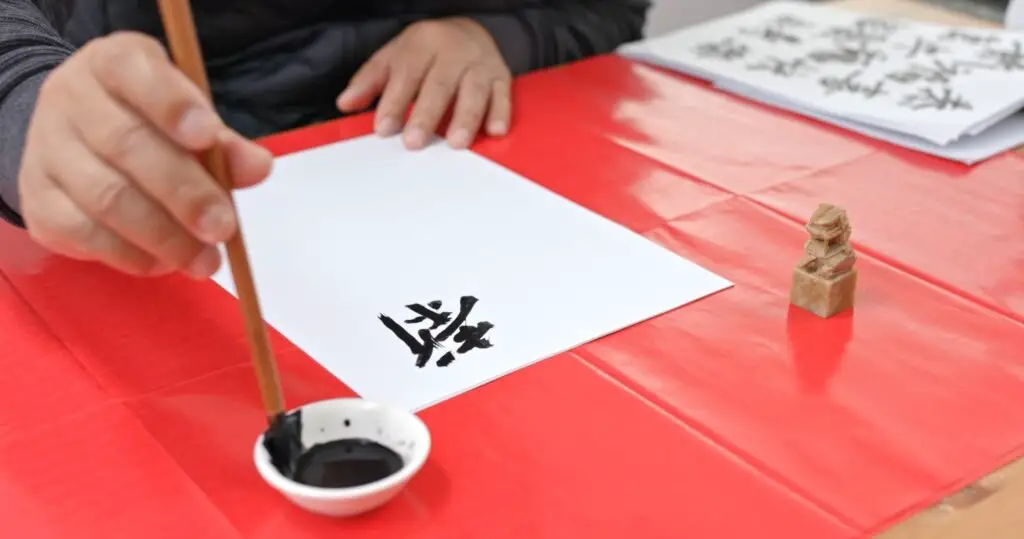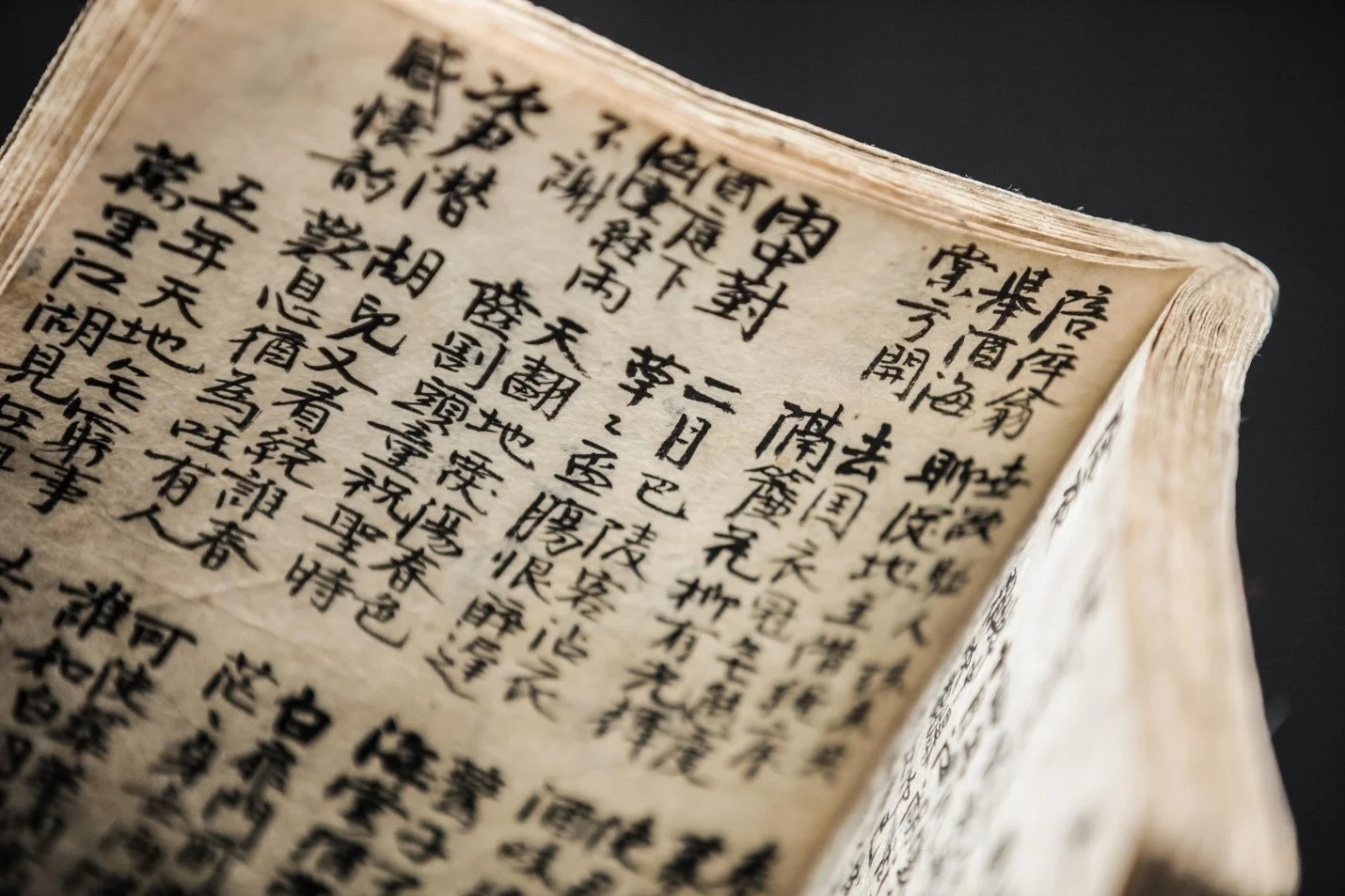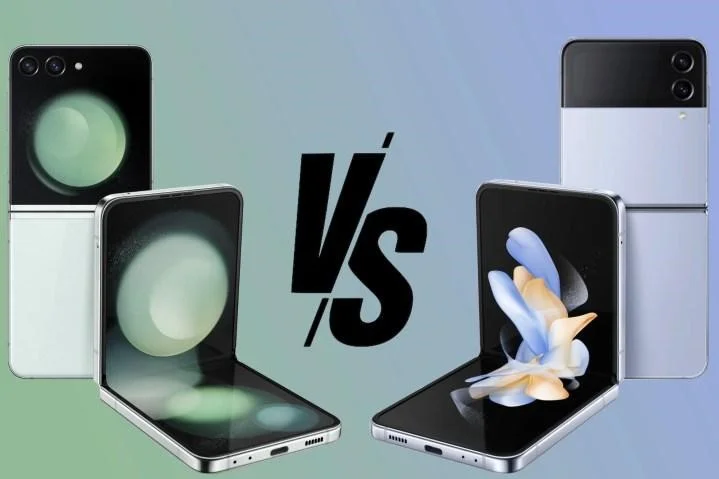Lettering, a captivating art form, merges creativity with the beauty of the alphabet. It encompasses various styles, each offering a unique aesthetic and emotional expression. This article will guide you through the artistic styles of calligraphy, hand and brush styles. Discover the unique charm and techniques of each.
Hand Lettering
Hand lettering is an art form that involves drawing letters by hand, where each character is crafted with attention to detail, making it distinctly different from standard typography. This method allows for a high degree of artistic expression, as each piece is unique and cannot be exactly replicated. Hand lettering often combines various styles, embellishments, and creative layouts to produce engaging and personalized compositions.
The uniqueness of hand lettering lies in its freedom and flexibility. Artists can blend traditional and modern styles, infuse their personality into each letter, and experiment with different mediums and tools. This form is popular for creating custom artwork, greeting cards, signage, and decorative elements where a personal touch is desired.
Brush Lettering
Brush lettering, a dynamic form of lettering, is achieved using a brush or brush pen. This style is known for its fluidity and expressive quality, where the thickness of lines varies based on the pressure applied during writing. The hallmark of this style is the contrast between thick downstrokes and thin upstrokes, which gives the letters a distinctive and energetic feel.
This style is particularly favored for its informal and modern look. It is versatile and can be used for a variety of applications, from creating beautiful quotes and titles to enhancing journal pages and handmade cards. The key to mastering it is practice, as controlling the pressure and achieving consistent strokes requires skill and patience.

Calligraphy
Calligraphy, an ancient and revered art form, is the elegant execution of lettering using a broad-tipped instrument, brush, or other calligraphy pen. It is characterized by the formation of letters with varying line widths, achieved by changing the direction and pressure of the writing instrument. Calligraphy is celebrated for its beauty and has a significant place in various cultures around the world.
Western Calligraphy
Western calligraphy, utilizing the Latin script, is a diverse field with several sub-styles, each with its own unique flair and history.
- Gothic Calligraphy: Gothic style, originating in medieval Europe, is known for its formal and intricate design. Characterized by its dense and angular letters, it often conveys a sense of solemnity and tradition. Gothic calligraphy was frequently used in formal documents and for replicating historical texts.
- Italic Calligraphy: Italic is a more fluid and elegant style that emerged during the Renaissance. It is known for its slanted letters and a more open form, making it highly readable. Italic calligraphy is popular for invitations, poetry, and personal correspondence due to its graceful appearance.
- Copperplate Calligraphy: Copperplate, a style developed in the 16th century, is characterized by its fine and looping letters, created with a pointed nib. It is known for its contrasting thin upstrokes and thick downstrokes, giving it a refined and romantic feel. Copperplate calligraphy is often used for wedding invitations and other formal events.
Eastern Calligraphy
Eastern calligraphy, particularly from China, Japan, and Korea, is deeply rooted in cultural traditions and artistic expression.
- Chinese Calligraphy: Chinese calligraphy is an ancient art form, values the flow and precision of brush strokes. Each character is an artistic expression, with styles ranging from the formal and structured to the more free and abstract.
- Japanese Calligraphy (Shodo): Shodo, or the way of writing, is a Japanese form of calligraphy that emphasizes the beauty and balance of characters. It’s known for its expressive brush strokes and the deep philosophy behind each character’s formation.
- Korean Calligraphy: Korean calligraphy, while influenced by Chinese, has developed its unique style. It often reflects a blend of strength and elegance, with characters that are both dynamic and harmonious.
Islamic Calligraphy
Islamic calligraphy, primarily using the Arabic script, is an integral part of Islamic art and culture.
- Naskh Script: Naskh is a clear and legible script often used for printing Arabic texts. It features a linear and geometric style, making it suitable for various forms of Islamic calligraphy, including Quranic verses.
- Thuluth Script: Thuluth, known for its elegant and elongated letters, is often used in architectural decoration and artwork. Its striking appearance makes it a popular choice for ceremonial and religious texts.
- Diwani Script: Diwani is characterized by its ornate and cursive style. Developed for use in the Ottoman court, it is often seen in formal and artistic contexts.
The World of Styles
The world of lettering is rich and diverse, offering various styles for different needs and preferences. Hand lettering brings a unique and personal touch to written words, brush style adds dynamism and modern flair, and calligraphy offers traditional elegance and discipline. Each style has its charm and application, making it a versatile and rewarding skill to learn and practice.
Bring your lettering to life with the precision and quality of ZEBRA products, perfect for every style.


















